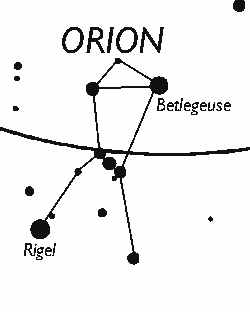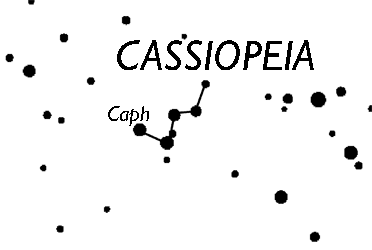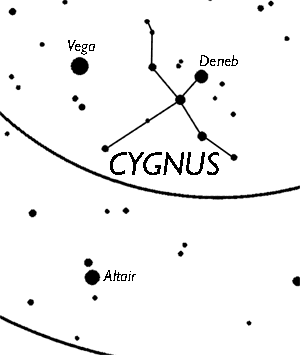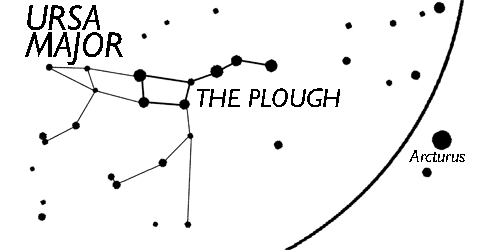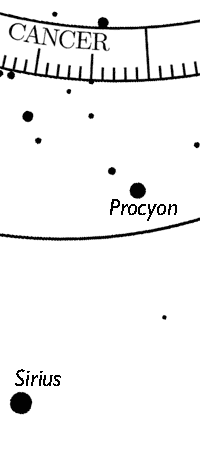Build your astrolabe: The constellations
Build Your Astrolabe: The Constellations
Use the images below to locate and label some of the most recognisable stars and constellations on the rete of your astrolabe. You will need a permanent marker to write on the transparency. The constellations below are labelled with CAPITAL LETTERS, the stars are named in lower case.
Images of the night sky showing the constellations are mirror images of the shapes seen on the rete. This is because the rete shows the stars as if the viewer were outside the imagined sphere of the heavens. Views of the night sky are, however, obviously from within the sphere.
If you would like to label more features on your rete, you can use an online source such as the International Astronomical Union's list of official constellations.
